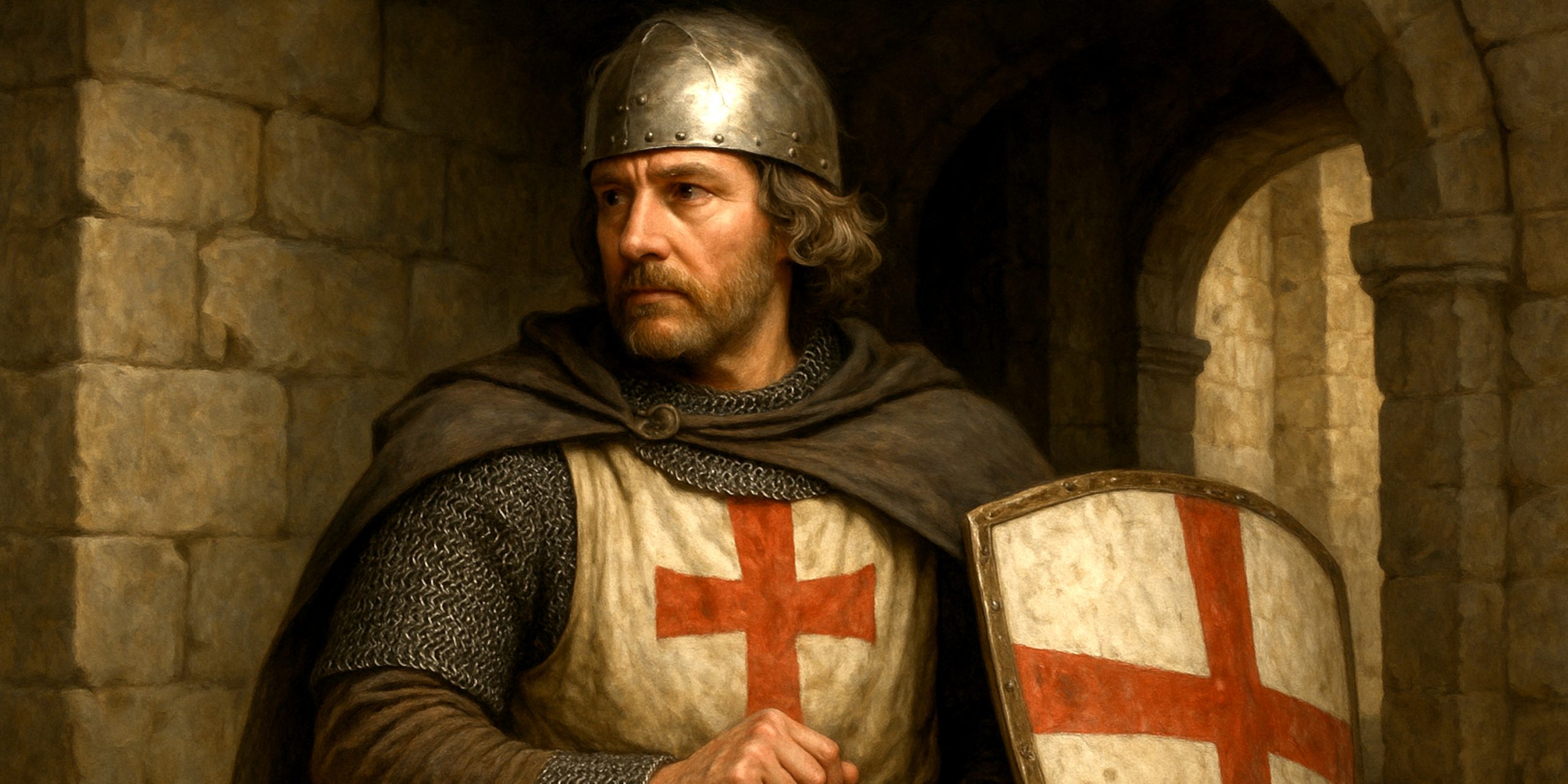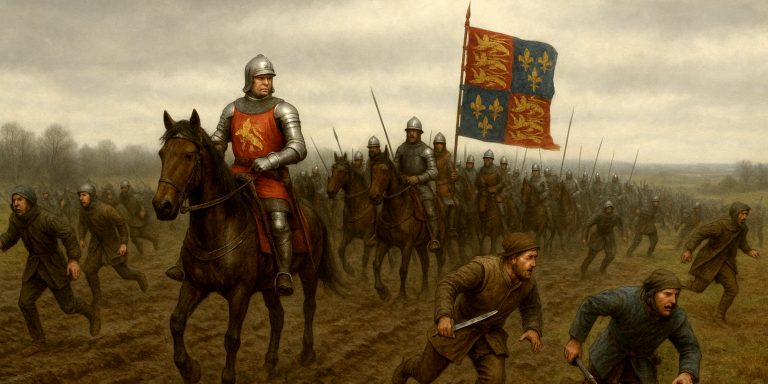
Hugh of Vermandois, sometimes called Hugues le Grand or Hugh the Great, occupies a curious place in the history of the First Crusade. A brother to King Philip I of France and a man of high birth but erratic temperament, his reputation sits somewhere between royal envoy and unreliable commander. What follows is an attempt to unpick the reality from the rumour, and to understand a man who embodied both the ambition and fragility of the early crusading nobility.
Early Life and Character
Born around 1057, Hugh was the younger son of Henry I of France and Anne of Kiev. With little chance of inheriting the throne, he turned to the Church and the military sphere for influence. Chroniclers often describe him as proud to the point of arrogance. When he set out for the Holy Land in 1096, he sent envoys ahead demanding that the Byzantine Emperor Alexios I Komnenos receive him as a king. The emperor obliged, though likely out of diplomacy rather than deference.
Hugh’s letters from Constantinople survive only in fragments, but they confirm his sense of grandeur. He addressed Alexios as an equal and styled himself “brother of the King of Kings.” It’s the kind of signature that tells you far more about the writer than his actual status.
Arms and Armour
As a Frankish noble of the late 11th century, Hugh would have worn the transitional mail hauberk typical of the early crusading knights. This included:
- Hauberk: A knee-length shirt of interlinked iron rings, often worn over a padded gambeson.
- Helmet: A conical nasal helm with a mail coif beneath, offering both visibility and basic protection.
- Shield: A long, kite-shaped shield of wood covered in leather, likely bearing his personal arms.
- Weapons: A single-handed arming sword with a broad fuller, a spear for mounted combat, and possibly a mace for close encounters.
Frankish warriors of his rank were often flamboyant in display, with embroidered surcoats and polished mail. A few sources from the Crusade note that the French contingents, particularly those from northern France, were the most richly equipped. Hugh would have stood out even among them.
Battles and Military Acumen
Hugh joined the First Crusade in late 1096, leading a contingent of French knights through Italy and across the Adriatic. His fleet was wrecked near Epirus, and he was forced to make his way to Constantinople half-drowned and humiliated. Still, he recovered swiftly, pledging loyalty to Alexios before joining the main crusading force at Nicaea.
He fought at Nicaea (1097) and Dorylaeum (1097), though he was rarely singled out for tactical brilliance. Chroniclers like Anna Komnene suggest he was courageous but lacked discipline. His true test came at Antioch (1098), where his contingent helped defend the crusader camp during the long siege. Yet his departure shortly after the city fell, when his comrades pressed on to Jerusalem, damaged his reputation permanently.
He returned to France, apparently to raise reinforcements, but never rejoined the main army. Some accused him of desertion, others of illness or exhaustion. By 1101, he attempted a second expedition, only to be ambushed and mortally wounded in Anatolia. His death in Tarsus later that year closed the book on a life that promised much but delivered only fragments of achievement.
Military Reputation
Hugh was brave but inconsistent. His rank gave him command, but not the steadiness to maintain it. Contemporaries describe him as courteous, pious, and prone to sudden changes of mood. There’s no record of him designing strategy or commanding large armies effectively. Still, his name carried enough weight to draw followers and inspire loyalty among his vassals.
As a historian, I suspect his failings were less moral than structural. He was a prince without a principality, and that tension runs through every account of his life. His authority was inherited but not earned, and that imbalance haunted many of the early crusading nobles who followed the cross for glory rather than land.
Where to See Artifacts
Objects directly linked to Hugh of Vermandois are scarce, but several institutions hold items associated with his era and family:
- Musée de Cluny (Paris): Holds 11th-century Frankish arms, chainmail fragments, and ceremonial sword fittings comparable to those used by Hugh’s household.
- Musée des Beaux-Arts d’Arras: Features relics from Vermandois County, including seals and coins that may date from his lineage.
- Topkapi Palace Museum (Istanbul): Contains Byzantine diplomatic relics, some of which relate to the Crusader envoys received by Alexios I.
While none are definitively Hugh’s, they situate his life within a material culture of privilege and piety.
Latest Archaeological Findings
Archaeological work in northern France, particularly around Saint-Quentin and Vermand, has uncovered fortifications and foundations from late Capetian estates. Radiocarbon dating places several of these structures in the late 11th century, possibly linked to Hugh’s administration of his family’s lands.
In Anatolia, a few digs near Tarsus have identified Frankish weapon fragments from around 1100. While no attribution to Hugh himself is certain, the context aligns with the records of his final campaign. One rusted sword pommel recovered from the site bears a fleur-de-lis pattern typical of northern French craftsmanship of that era, a small but telling trace of a vanished retinue.
The Seven Swords Takeaway
Hugh of Vermandois represents the contradictions of the early Crusader nobility: devout yet vain, courageous yet impulsive. His death in obscurity contrasts sharply with his royal lineage, and perhaps that is why he remains such an intriguing figure.
He was not a hero in the mould of Godfrey of Bouillon, nor a schemer like Bohemond of Taranto. He was a man born into privilege who chased redemption across continents and never quite caught it. As a historian, I find that far more human than the legends of saintly knights. His story is a reminder that ambition and faith often travel in uneasy company, even when both fly the same banner.



